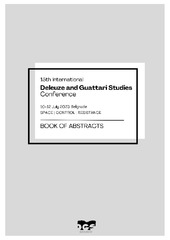| dc.description.abstract | The discursive difference between the ideal and material architectural object could almost be completely reduced to the issue of translation of the former into the latter. Within such a perspective, it becomes difficult to think of architectural design beyond the order of precedence, which defines the Form’s ontological autonomy from its material expression. In my presentation, I will try to reinterpret this relationship using Deleuze’s theory of fold. Regarding Leibniz’s distinction between the primitive and (derivative) plastic forces, through which Deleuze interprets the difference between soul and matter as the difference between the one and many, the concept of fold offers the possibility of a “twofold” reading of design methodology. Such duality would refer to overcoming the paradigm of “materialization” of form, that is, the always one-way translation process, understood as the multiplication of the one. In other words, Leibnizian hylomorphism is reflected in the concept of the fold on the level of its position between the corresponding processes of unification and multiplication. Using the concept of harmony, which is the unity of the multiple, Deleuze defines this kind of correspondence as a necessary twofoldness, i.e. “the double operation of transcendental actualization and realization” – the former as intrinsic and the second as extrinsic folding. Nevertheless, their mutual order remains an order of precedence: the intrinsic folding is necessarily primitive, or primary since its only reference is the self. In the methodology of architectural design, however, this order becomes impossible with the question of form being posed with respect to the problem of morphogenesis. Between the actual and the real, the morphogenetic process itself then turns into an infinite correspondence, whereby the primitive quality of form would have to identify with its plasticity. | sr |

